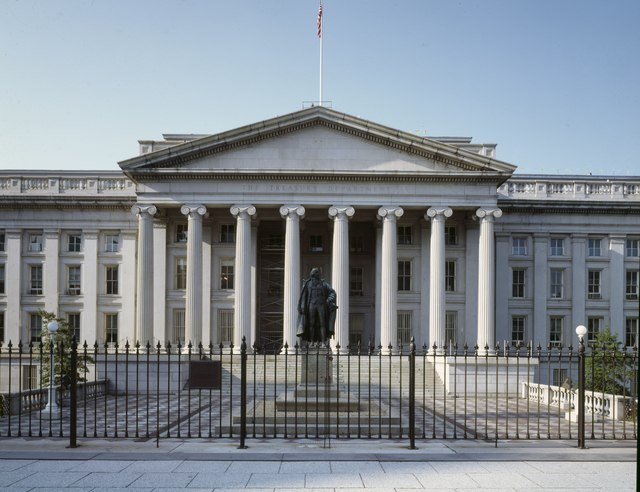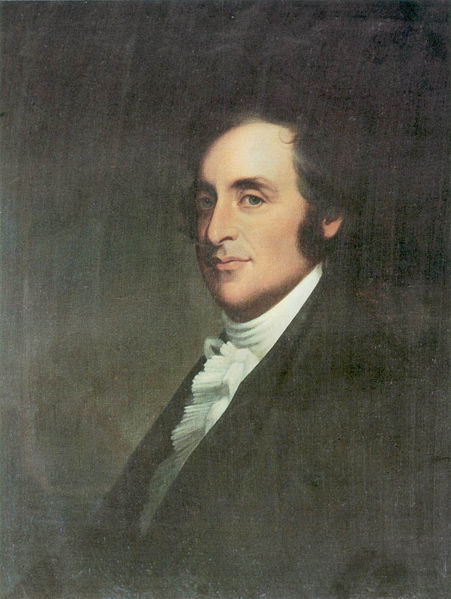United States Secretary of the Treasury
The United States secretary of the treasury is the head of the United States Department of the Treasury, and is the chief financial officer of the federal government of the United States. The secretary of the treasury serves as the principal advisor to the president of the United States on all matters pertaining to economic and fiscal policy. The secretary is, by custom, a member of the president's cabinet and, by law, a member of the National Security Council.
United States Secretary of the Treasury
Image: Alexander Hamilton, by Trumbull
Image: Oliver Wolcott Jr by Gilbert Stuart circa 1820
Image: Samuel Dexter
United States Department of the Treasury
The Department of the Treasury (USDT) is the national treasury and finance department of the federal government of the United States, where it serves as an executive department. The department oversees the Bureau of Engraving and Printing and the U.S. Mint. These two agencies are responsible for printing all paper currency and minting coins, while the treasury executes currency circulation in the domestic fiscal system. The USDT collects all federal taxes through the Internal Revenue Service; manages U.S. government debt instruments; licenses and supervises banks and thrift institutions; and advises the legislative and executive branches on matters of fiscal policy. The department is administered by the secretary of the treasury, who is a member of the Cabinet. The treasurer of the United States has limited statutory duties, but advises the Secretary on various matters such as coinage and currency production. Signatures of both officials appear on all Federal Reserve notes.

Treasury Building
The Treasury Building at 1500 Pennsylvania Avenue, NW in Washington, D.C.
A Treasury Department official surrounded by packages of newly minted currency, counting and wrapping dollar bills in Washington, D.C. in 1907
The organizational structure of the U.S. Department of the Treasury








